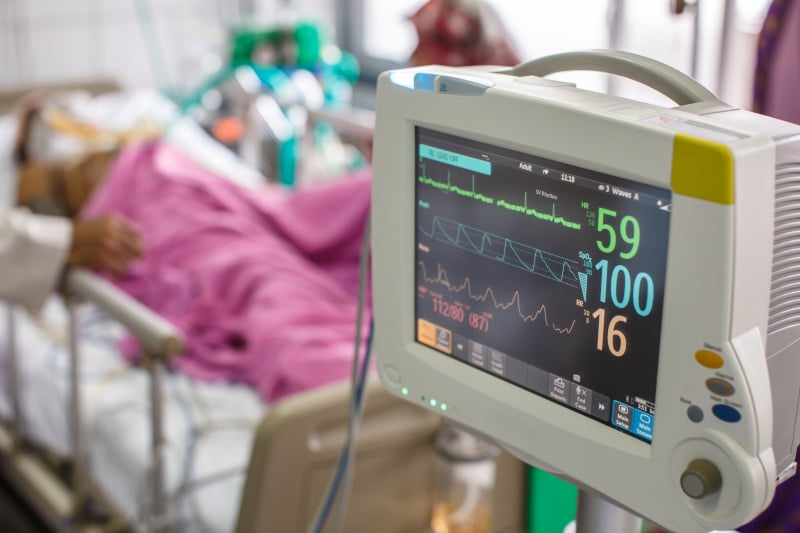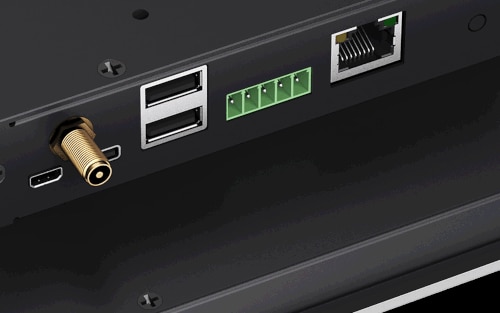CAN bus (Controller Area Network) is a communication protocol used in computing and automotive systems to allow computers and devices to communicate with each other in a reliable and efficient manner. It is a multi-master, two-wire serial bus that enables real-time data exchange among components like sensors, actuators, and control units. CAN bus is known for its robustness, low-cost implementation, and resistance to electromagnetic interference, making it ideal for applications where reliability and speed are essential, such as in vehicles, industrial automation, and more.
CAN bus in the Medical Field
CAN bus is not only used in automotive applications, this versatile communication protocol can also be found in various other industries such as industrial automation and medical devices. As medical devices become more complex, manufacturers increasingly rely on standard protocol for integration, emphasizing the importance of open interface standards. Over a decade ago, several medical device manufacturers adopted the serial CAN bus for real-time control, originally developed for the automotive industry due to its reliability. In the medical field, CAN bus offers several advantages:

Interoperability: CAN bus connects components within medical devices, enabling seamless cooperation, such as linking a control unit with motors and sensors in an infusion pump.
Modularity: CAN bus facilitates modular design, simplifying component replacement or upgrades without redesigning the entire device.
Reliability: Known for robustness, CAN bus ensures stable data transmission, vital for precise and reliable medical equipment operation.
Real-Time Control: It supports low-latency communication, crucial for real-time monitoring in applications like patient monitoring systems or surgical instruments.
Safety: CAN bus includes error-checking mechanisms, ensuring data integrity, a critical factor in medical devices.
Scalability: Suitable for complex systems, CAN bus handles multiple devices on a single network.
Battery Efficiency: It’s efficient for battery-powered medical devices.
CAN bus vs RS232: Which is Better?
CAN bus and RS-232 (Recommended Standard 232) are two different communication protocols with distinct characteristics and use cases. CAN bus is better suited for complex, real-time, multi-node communication scenarios, especially in industrial and automotive environments. RS-232 is more appropriate for simpler point-to-point connections, such as connecting a peripheral device to a computer. Your choice between the two protocols should depend on the specific requirements of your application, including data rate, distance, noise immunity, and overall complexity.
Customization of Panel PCs and HMIs for Medical Devices
If your medical device requires CAN bus touch panel PC like radiology viewing stations, laboratory analyzers, ventilators, rehabilitation equipment, point-of-care (POC) devices and patient monitors—we can integrate that since we are an ODM—a manufacturer that can take whatever design concept you have and bring it to life. Estone Technology’s manufacturing facility is ISO 13485 certified and our latest Panel PC 4910 features CAN bus is your solid starting point for prototyping and your projects. Contact us to discuss your project today.

Sources:
techopedia.com
medicaldevice-network.com
openai.com
